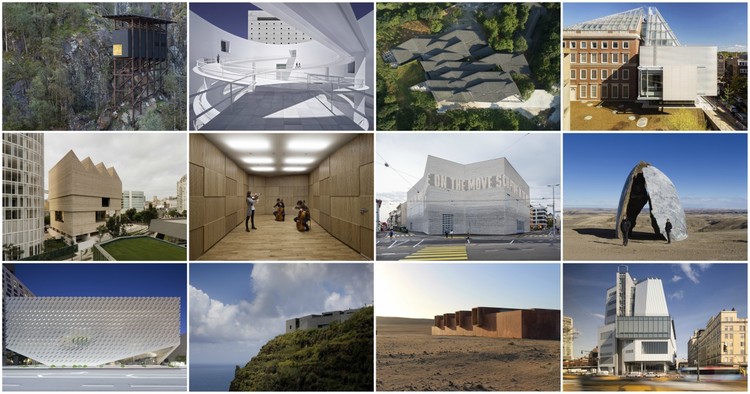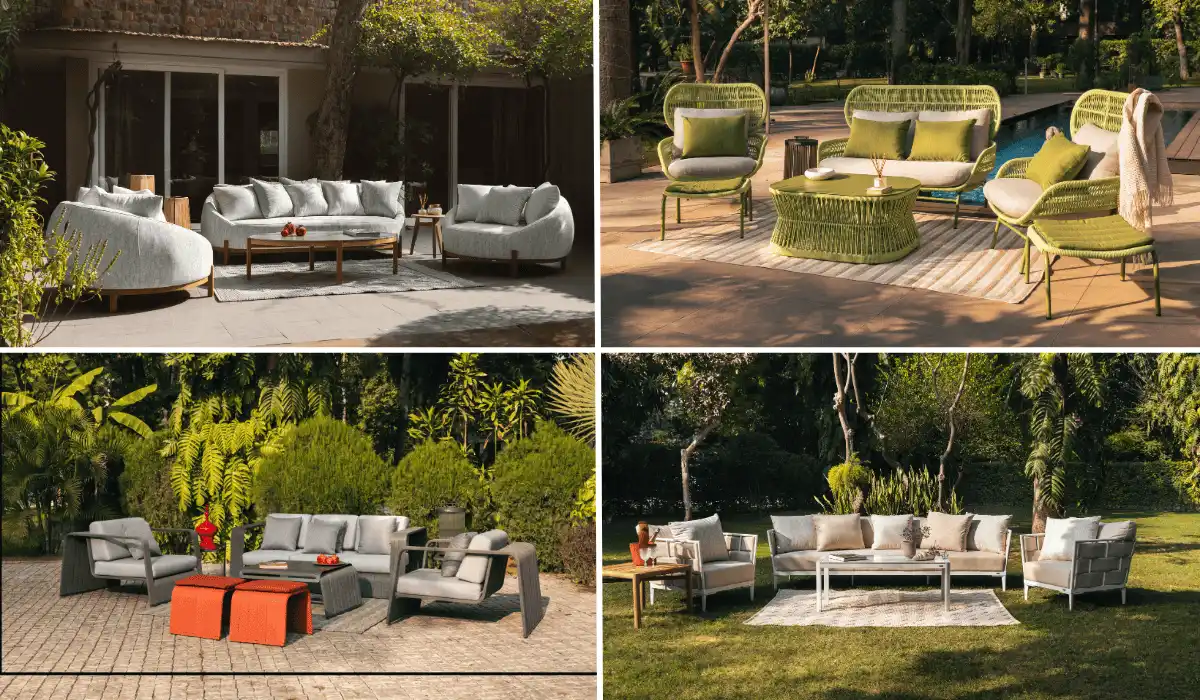As the American writer, Maira Kalman says, “A visit to the museum is a search for beauty, truth, and meaning in our lives,”. She establishes the significance of museum buildings as an embodiment of past civilisations. Museums are integral to contemporary architecture and help us view the future by learning from the past. They have the ability to keep us grounded and stay connected with our roots by showcasing the culture, lifestyle, and traditions of the bygone times.
Museums offer the scope of interactive learning through a display of artefacts, artillery, attire, drawings, painting, cutlery, and everything that can give visitors a sneak-peek into former times. They are a cultural hotspot that hosts stories and anecdotes that can be reinterpreted to resolve modern-day challenges. Today, museum buildings also offer scope for research and innovation by leveraging visualisation technologies.
Principles of Museum Designing

Time and again, architects have challenged the stereotypical notion of museum design – which is to act as a mere display gallery. Now, although there is no definitive creative guide to museum designing, certain design principles have proven to be effective.
One such design principle is that of relevancy and contextuality. Museum buildings are significant blocks in an urban setup that need to act as an extension of the cityscape. The design of museums should blend with their surroundings to build familiarity with the city skyline. The use of vernacular architecture, materials, and construction techniques for designing museums can help the building create an innate bond with the local population.
Knowing what the visitor seeks is fundamental to every building design, and more so for museums. Understanding the visitor’s purpose and perspective of the museum helps in creating a responsive design. The design brief must take account of the expected footfall of the museum and study their demographics and psychographics to design the building in accordance with its users.

Designing an effective circulation plan for the museum visitors is integral to create a highly optimised and functional space. Since a museum is a high-traffic public building, the human circulation within the space determines the average amount of time a visitor would be spending navigating their way out of the building. More so, the circulation path should imbibe the quality of story-telling, where the visitors can imaginatively time travel through chronological arrangement of displays. Accessibility for all should be considered as the top priority while designing structural levels and corridors in the museum.
While museum themes or genres vary and galleries would be designed in proportion to the display sizes, the essence of a museum lies in the amount of information it shares. Hence, the potential of every surface, nook, and corner has to be explored to their fullest to accommodate informative boards or exhibits. Layering of exhibits with various levels of information is also essential to setting the educational tone of the space.
Exhibits should interact with the visitors through a visual language. With technological interventions, digital maps, augmented reality tours, audiovisual aids, and graphic designs are assisting in developing an interactive learning experience.
Lighting creates a transitional impact and helps in achieving the desirable mood for a space. Hence, lighting plays a significant role in enhancing exhibits and the museum building at large. Also, since some exhibits cannot get deteriorated from direct exposure to sunlight, it is essential to strategically plan for light sources within the museum galleries. While natural light can negatively impact artefacts, some of them can be enhanced under the sun’s light. Artificial lighting serves the dual purpose of preserving the artefacts while highlighting their uniqueness to the visitors.
Exemplary Museum Designs

The recently inaugurated Museum of the Future, Dubai has gained much global attention in recent times because of its futuristic genre, structural anatomy, and facade. The building is designed by a Dubai based company- Killa Designs and built by the Dubai Future Foundation. With the motto of “See the future, create the future”, the museum incorporates elements of 3D printing, holograms, and robotics.
The seven-storey museum exhibits serve an incubator for ideas that drive innovation for global entrepreneurs. The facade of the museum serves as a canvas for embracing inscriptions from Sheikh Mohammed’s Arabic poetry. The museum can house 1000 visitors in its multipurpose hall and 345 people in the lecture theatre. The first five floors of the museum gallery contain exhibits to help explore space. A digital recreation of the Amazon rainforest has also been created.

The Hanoi Museum located in Hanoi, Vietnam designed by GMP Architekten takes the form of an inverted pyramid. Inaugurated in 2010, the museum is designed as an inverted pyramid to serve two purposes. The first is to protect the artwork from exposure to direct sunlight, and the second is to shade the building to reduce its heat gain.
The museum has a square form that is accessible from all four facades. Replete water basins, outdoor exhibits, and sculptural elements evoke the sense of interactive learning. It also allows the museum to blend with the surroundings and serve as an extension of the urban landscape. The museum has incorporated vernacular design elements through the integration of outdoor and indoor areas that evoke the feeling of traditional Hanoi style villages.

Located in Chennai, India, the Dakshinachitra Museum designed by Laurie Baker is a symphony of art, craft, and architecture. Dakshinachitra is a heritage village conceived as an outdoor museum to display local craftsmanship and lifestyle. Elements such as courtyards, verandahs, pitched roofs, stone slabs, and granite columns have been seamlessly incorporated in the museum plan.
The principles of cost-effectiveness and contextuality – which are native to Baker’s design style, have been extensively used in the museum. Use of natural and locally available materials such as mud, thatch, bricks, and wood is prominent in the museum. Vernacular construction techniques and craftsmanship have been implemented in the design to promote the local culture.
Contemporary architects are materialising museums as a confluence of the past and the present through the way of digitisation. This can be witnessed from the recent Global Summit held in Hyderabad on the topic of “Reimagining Museums in India”. The Union Minister for Culture, Tourism, and Development inaugurated the summit in an attempt to reinvent museums to stay relevant in the digital age. A modern outlook to museum architecture is paving the way for designs that are more future-ready, sustainable, and adaptive. The COVID-19 pandemic will also shape museum buildings to be more resilient and focused on public health.
Sources:
- Renzo Piano Explains How To Design the Perfect Museum
- Museum Architecture Today: Contemporary Spaces, Bold Design
- Why we need museums now more than ever
- COMMUNITY TREASURES: WHY MUSEUMS ARE IMPORTANT
- A Journey Through the Architecture of Dakshinachitra Museum
- Killa Design’s Museum of the Future opens in Dubai
- 10 Things to remember when designing a Museum
Disclaimer: The information contained herein have been compiled or arrived at, based upon information obtained in good faith from sources believed to be reliable. The opinions expressed within the content are solely the author’s and can be subject to change. The image featured in this article is only for illustration purposes. If you wish the article to be removed or edited, please send an email to editor@biltrax.com
Discover more from Biltrax Media, A Biltrax Group venture
Subscribe to get the latest posts sent to your email.






















